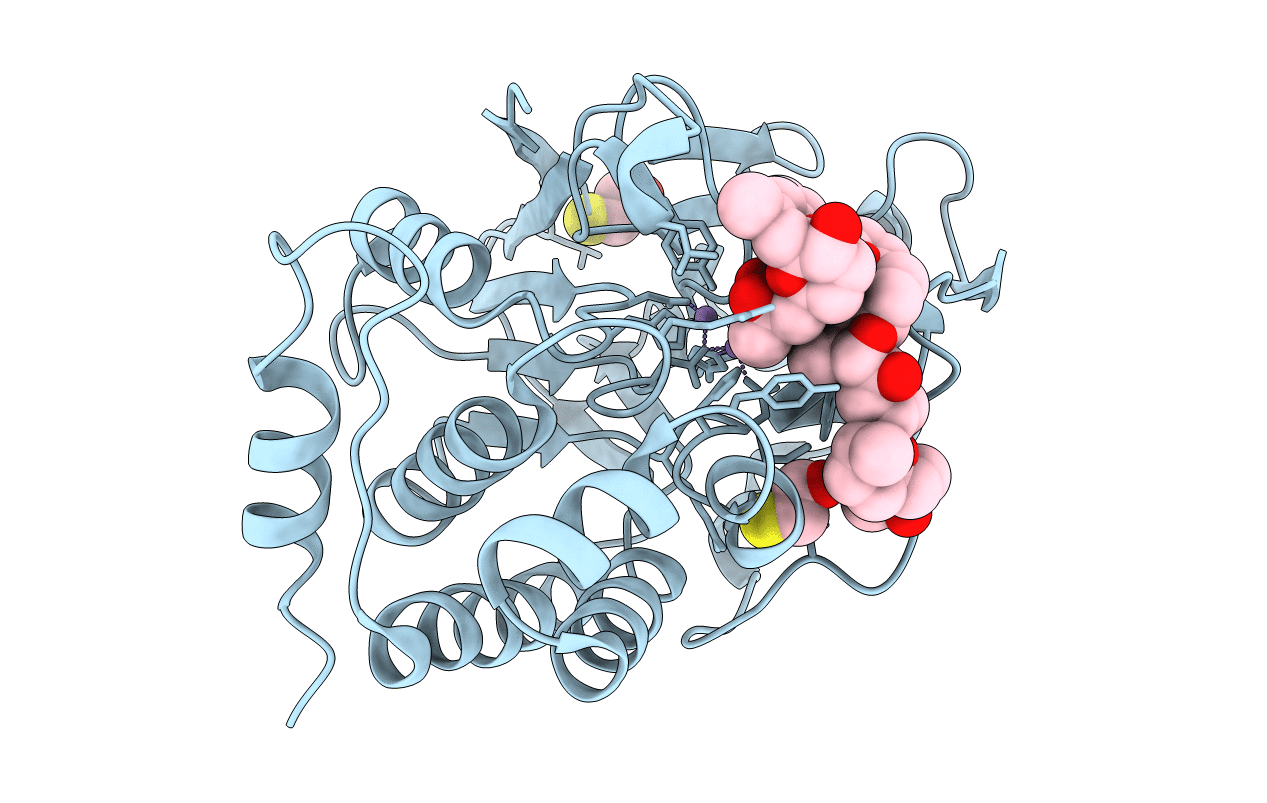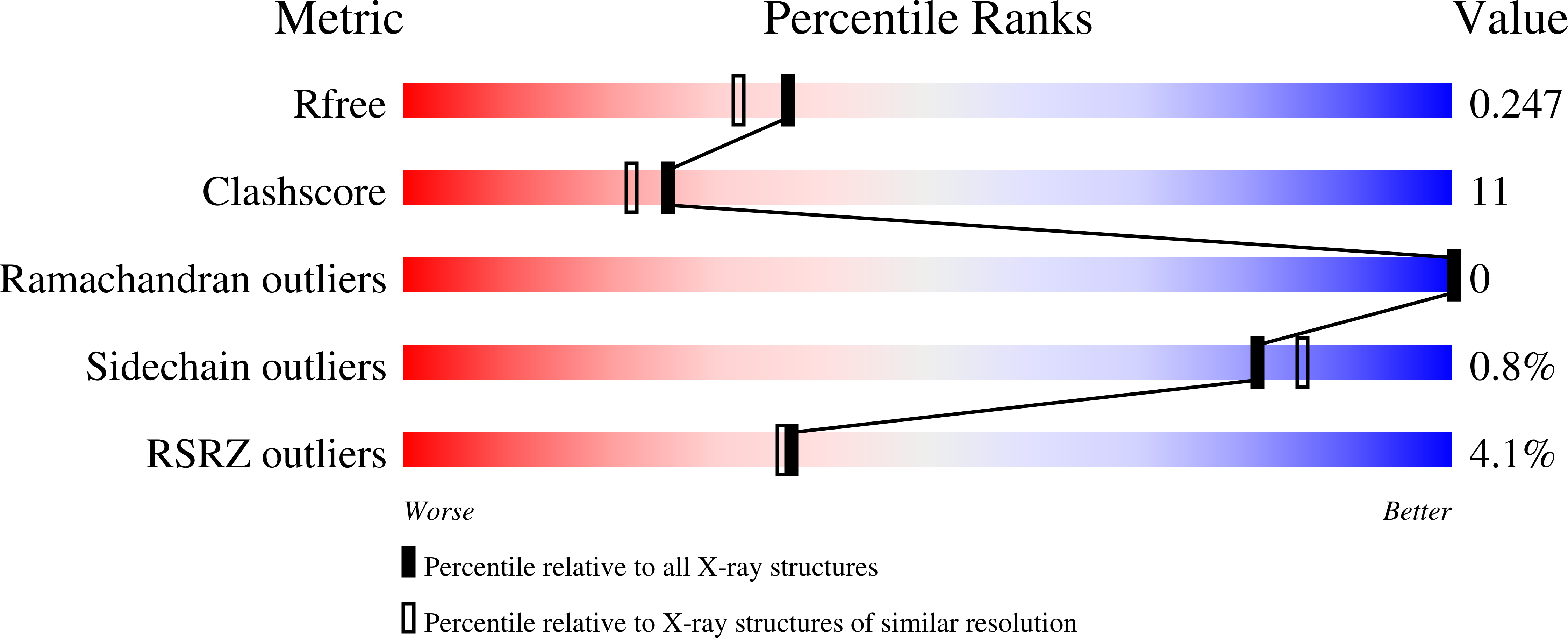
Deposition Date
2004-07-20
Release Date
2004-08-17
Last Version Date
2023-10-25
Entry Detail
PDB ID:
1U32
Keywords:
Title:
Crystal structure of a Protein Phosphatase-1: Calcineurin Hybrid Bound to Okadaic Acid
Biological Source:
Source Organism:
Homo sapiens (Taxon ID: 9606)
Host Organism:
Method Details:
Experimental Method:
Resolution:
2.00 Å
R-Value Free:
0.25
R-Value Work:
0.21
R-Value Observed:
0.21
Space Group:
P 42 21 2


